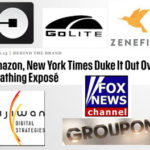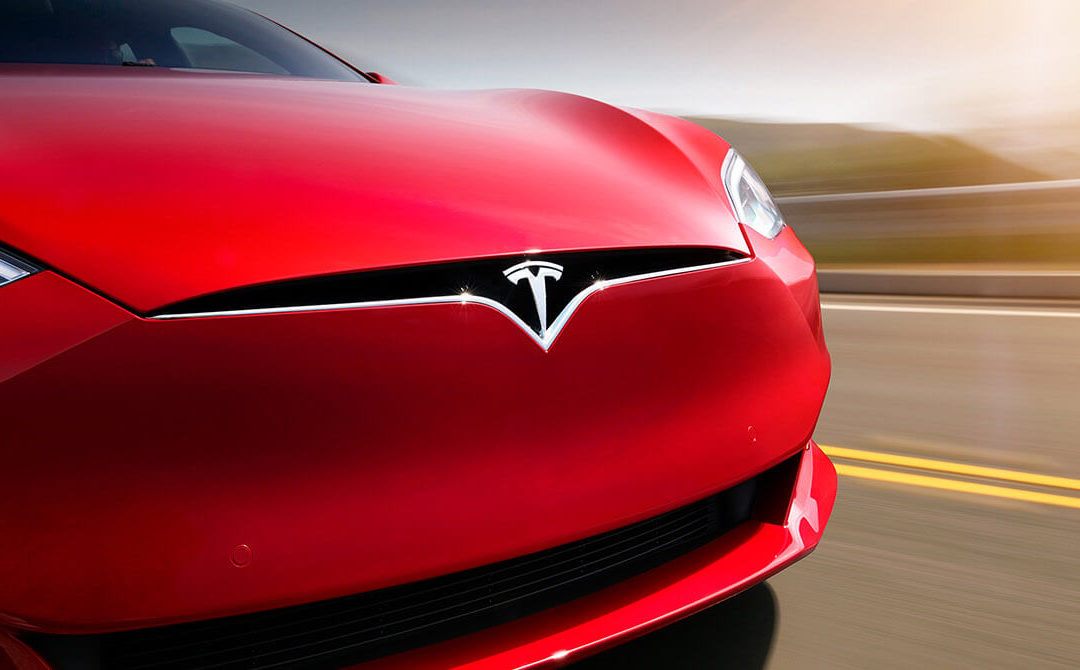In my last blog post I began with a picture of a classic ’57 Chevy Bel Air. It was a metaphor for the need to let go of some of the things you loved about your company’s Good Old Days of go-go growth.
My point was that each stage of company growth has its strengths; and some become the seeds of future failure. As the driver of growth, you have to figure out what to carry forward from the Good Old Days and what to leave behind.
This post looks at what great founders do when it’s time to switch from that beloved Chevy to a car of the future, like a Tesla. How do they conquer growth stages with speed and efficiency, and avoid falling into the pothole of what’s familiar and comfortable?
Driving the Future
Even Tesla, whose market value and sales are putting pressure on legacy car makers, has to manage growth pains. Forbes wrote, “Tesla is now moving into a risky and crucial stage of its development, as it pushes to expand with several new products that involve colossal challenges. In some ways it’s acting more like a startup than ever before and likewise pushing its executives to the brink. At the same time, the company will need to retain and recruit key leaders to help it achieve its goals.”
The unrelenting challenge of growing companies is deciding investment priorities: capital, product and human investments. We owners understand the cost-benefit analyses for the first two areas. What we struggle with is the trade-offs required for investment in our organization and people. But every successful entrepreneur will tell you that to move through growth stages leaders must shift their mindsets about these investment decisions.
Three Approaches to Managing Growth Challenges
I’ve worked with business leaders for over 30 years in all phases of a company life cycles. Three images of the most common approaches to overcoming growth challenges come to mind. As you read, ask yourself which image represents you as you drive growth and lead your company through its growing pains.
Lead Foot: “If it isn’t a crisis, don’t bother me.” Or, “Don’t tell me I missed the exit. I’ll just take a later one.” Pedal to the metal, they think time will take care of their infrastructure, organization and people issues, until it doesn’t.
Seat of the Pants: “I don’t care what Google Maps says, I’ll just follow my nose. At least we’re moving!” They believe their instincts can fix complex, long-standing problems. (Then why haven’t they gone away?)
Le Mans Race Driver: “This is a long course with rapidly changing conditions. We’ve got to stay in front of things — we can’t be complacent.” These drivers are agile, willing to change, (in fact, they are required to switch drivers every six hours) and know how to build and work with a great pit crew. They are vigilant about speed, efficiency and people’s safety.
Styles Have Consequences
What are the consequences of these leadership styles?
Headlines speak for themselves. Here are logos of companies in last 5-6 years who waited too long to address predictable growth pains. Their decisions either caused a significant business set-back, a major blow to reputation, or bankruptcy. 
As one executive from this list wrote, “I never thought it could possibly be that bad, that fast.”
With Lead Foot or Seat of the Pants leaders, investment in infrastructure, internal processes and systems are put off (e.g. financial and quality controls or operations review processes.)
These leaders give even lower priority to investment in human, organizational or cultural practices (like de-centralizing power, vision, and building Human Resource systems.)
The Questions that Avoid Potholes
The best leaders ask the right questions. They don’t always know the answers, but they admit when they don’t and then listen to others. Here are two sets of questions I believe the growth-driving entrepreneurs and founders ask about their companies as they grow.
Financial Control Questions
These questions focus on the processes, policies and procedures that enable people to drive financial objectives and make decisions in the interest of customers and the company.
- What are our financial objectives over the next 12 to 36 months?
- How will we fund them and allocate scarce resources?
- How are we ACTUALLY using those resources and with what results? What measures do we need to know this?
- What mechanisms are in place to help us be accountable for those plans and results?
- Do the right people have the financial information to make good decisions in their jobs?
Human Resource Systems and Practices Questions
Human Resource systems drive performance and sustainability. They support and reinforce a culture defined by company leaders (not HR.) Le Mans-type leaders ask these questions about their people-strategy and culture.
- What is the talent profile we need to meet this stage of growth and our desired culture?
- How will that profile change as we grow — do we make or buy? Who will not survive?
- How do we compensate fairly to encourage performance and commitment?
- What are the management principles and practices that will drive our culture and performance; do my people know them?
- Are we being congruent with our values and compliant with the law?
The right time to address these questions and these transition tasks is when the company is doing well not when it is in crisis.
Drive the Future and Stay Humble
While there are predictable growth pains, all companies are unique; and there are unknowns in all growth paths. But the unknown is not the enemy. Rigidity, arrogance, and procrastination are. No Tesla was invented by holding on to what’s comfortable or by being closed to better ways.
As leaders, if we remain humble in the face of success as well as struggles, stay open to change, and reach out for support, the odds are in our favor that we will master our growth pains.


